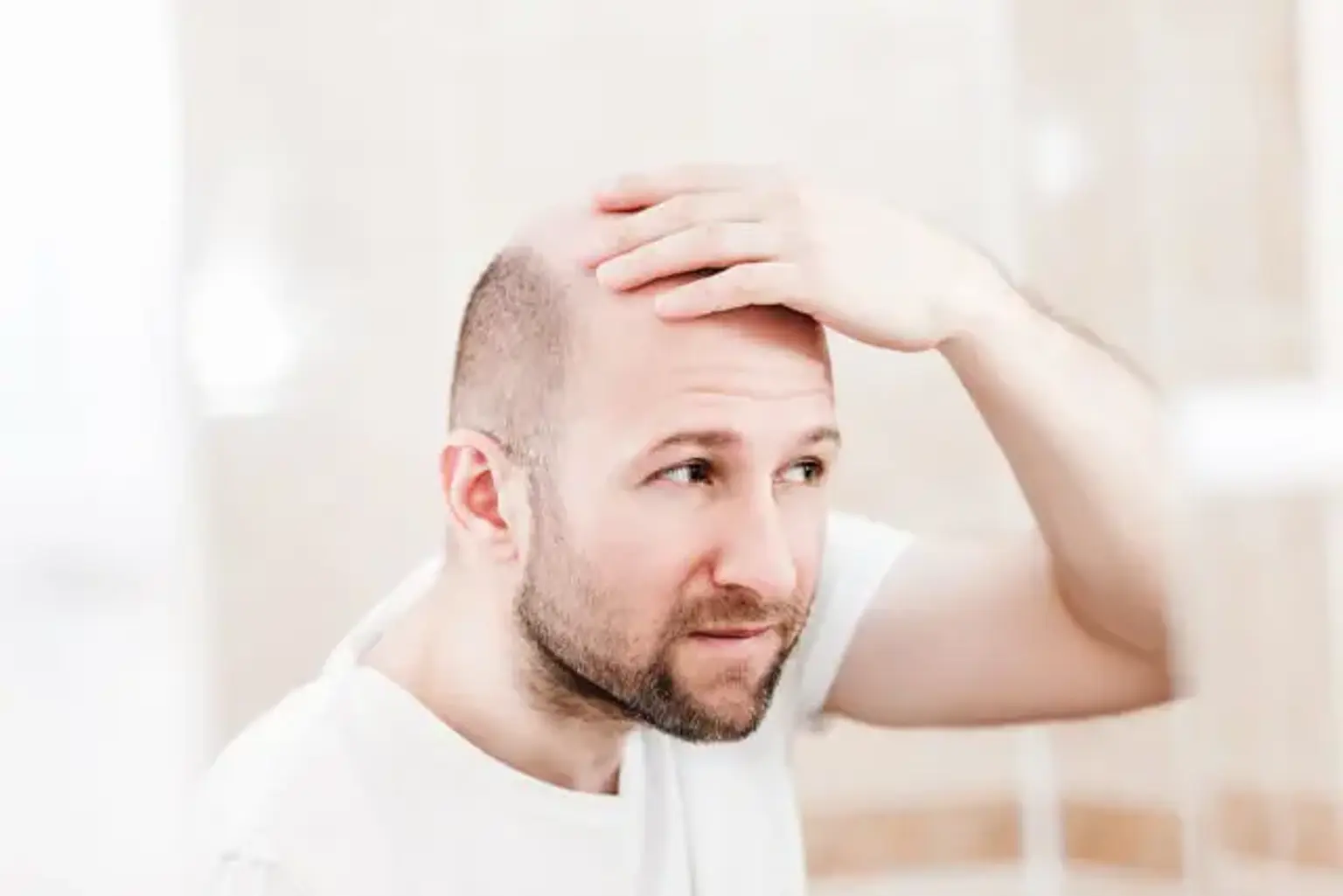Hair Loss Treatment
Hair loss can affect your entire body or simply the scalp, and it can be permanent or temporary. It could occur due to hormonal changes, genetics, medical issues, or even aging. Men are more likely than women to lose hair on their heads.
Some people may choose to leave their hair loss untreated and unnoticed. Instead, they can use hairstyles, cosmetics, caps, and scarves to conceal baldness. Others opt for the available hair loss treatment to prevent additional loss of hair or to restore hair growth.
